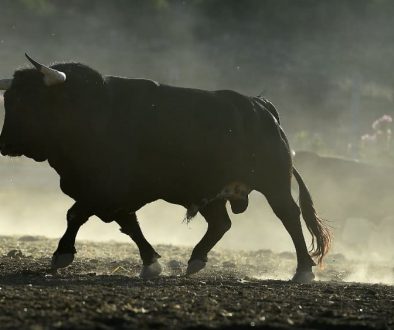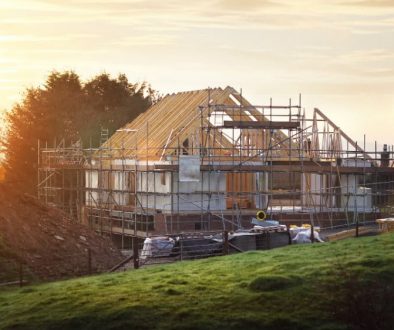The mark of a good long-term investment is not just the level of dividend income it provides, but the relative safety of that cash stream as income investors who plumped for banks found out only too painfully when the great crunch arrived.
But over the long term, just how safe are banking dividends? Ill leave out the two bailed-out banks, Lloyds Banking Group and Royal Bank of Scotland as their dividends have not yet recovered from the banking crisis, and today Ill take a look at Barclays (LSE: BARC)(NYSE: BCS.US), HSBC Holdings (LSE: HSBA), Standard Chartered (LSE: STAN) and Banco Santander (LSE: BNC).
Dividend slashed
Its true that Barclays was forced to slash its dividend in 2009, and that in the intervening years its provided yields of only around 2% to 3%. The expected dividend for 2014 (with results due on 3 March) is around 2.5% on the current 264p share price, and thats below the FTSE 100 average for sure.
But these past few years have been the worst in living memory for the banks, and were already looking at forecast yields of 3.6% and 4.6% for the next two years. And prior to the crash, Barclays was one of the best dividend payers around.
A plunge in 2014 earnings came as a bit of a shock for HSBC, but that banks focus on Asia has helped keep it relatively insulated from the Western malaise, and 2009 brought a relatively mild dividend cut of 45%. But it sill yielded 3.6% that year and is back around pre-crash levels today to yield 5.3% on a price of 570p with forecasts of 5.9% and 6.4% on the cards.
Chinese worries?
Things have been similar at Standard Chartered, with the dividend barely affected throughout the crash. For the year just ended theres a 5.4% yield predicted, remaining steady for the next two years, with results due on 4 March the shares are currently at 922p. Like the others, these yields should be well covered and the banks liquidity ratios are better than theyve been for a long time.
The risk with HSBC and Standard Chartered is that there will be a Chinese slowdown, but people have been predicting that for years and weve yet seen nothing.
Finally, perhaps the strangest of the bunch is Banco Santander, which for years has been offering very high dividend yields way in excess of earnings it got away with it because most Spanish shareholders took scrip dividends and the cash wasnt needed, but that just dilutes the equity and isnt sustainable.
New broom
Since Ana Botin took over the role of executive chairman after the death of her father last year, the bank has refocused on a conventional dividend plan to offer around 3.8% on a 470p price, and that should finally be well covered by earnings.
So how solid are these banks dividends? Well, considering whats happened and looking to the long term, Id say the future for banking cash is looking good.
Investing in good banks for the long term and reinvesting all that dividend cash could help you to Buffett-style wealth.
To find out more, get yourself a copy of the Motley Fool’s special 7 Simple Steps For Seeking Serious Wealth report, which shows you how investing in shares has wiped the floor with every other form of investment over the past century and more.
It’s completely FREE, so click here for your personal copy and get started today.
Get FREE Issues of The Motley Fool Collective
Get straightforward advice on whats really happening with the stock markets, direct to your inbox. Help yourself with our FREE email newsletter designed to help you protect and grow your portfolio wealth.
By providing your email address, you consent to receiving further information on our goods and services and those of our business partners. To opt-out of receiving this information click here. All information provided is governed by our Privacy Statement.
Alan Oscroft has no position in any shares mentioned. The Motley Fool UK has recommended HSBC Holdings. We Fools don’t all hold the same opinions, but we all believe that considering a diverse range of insights makes us better investors.





